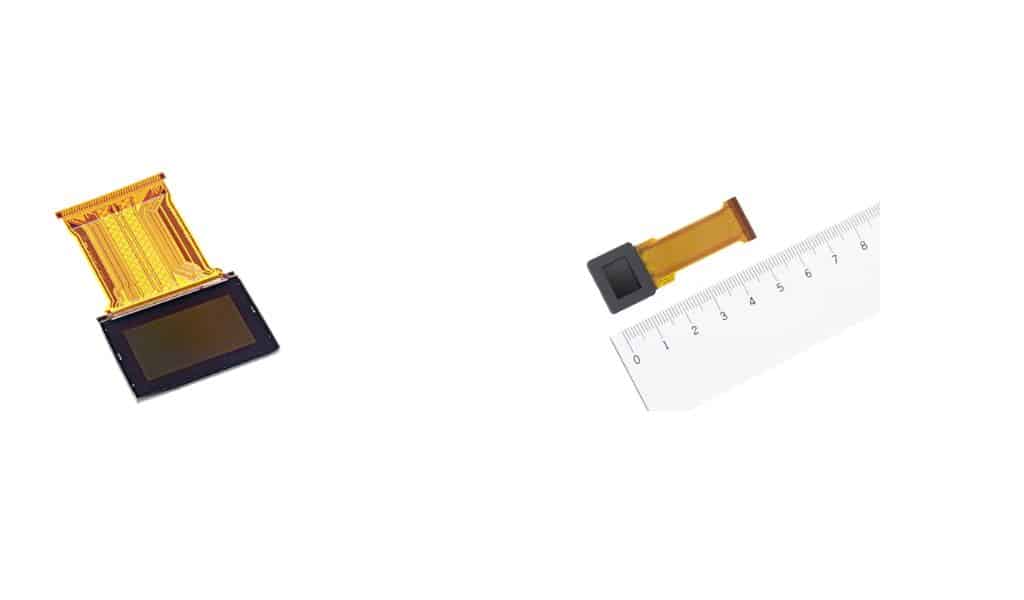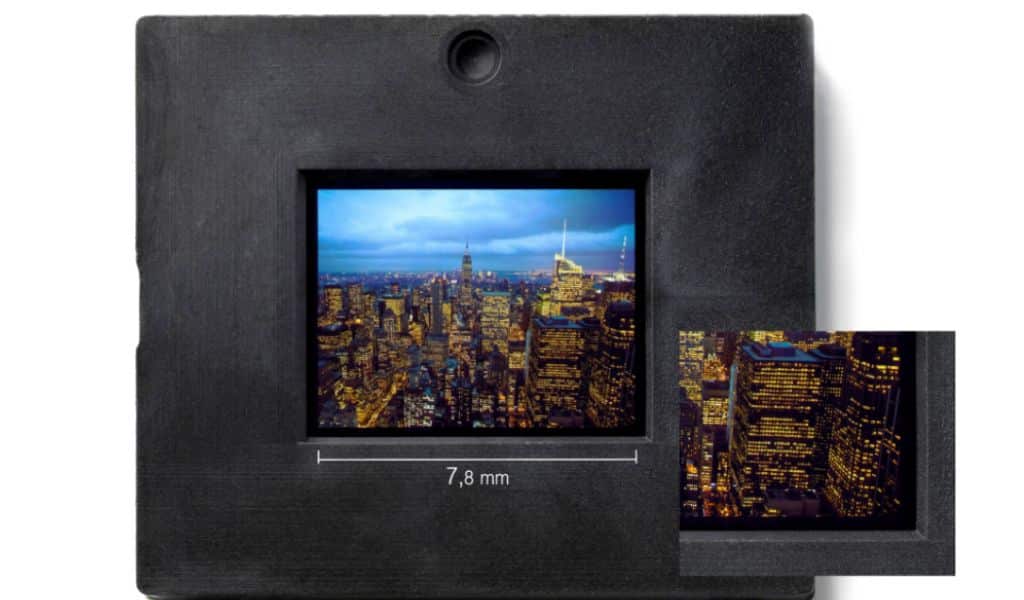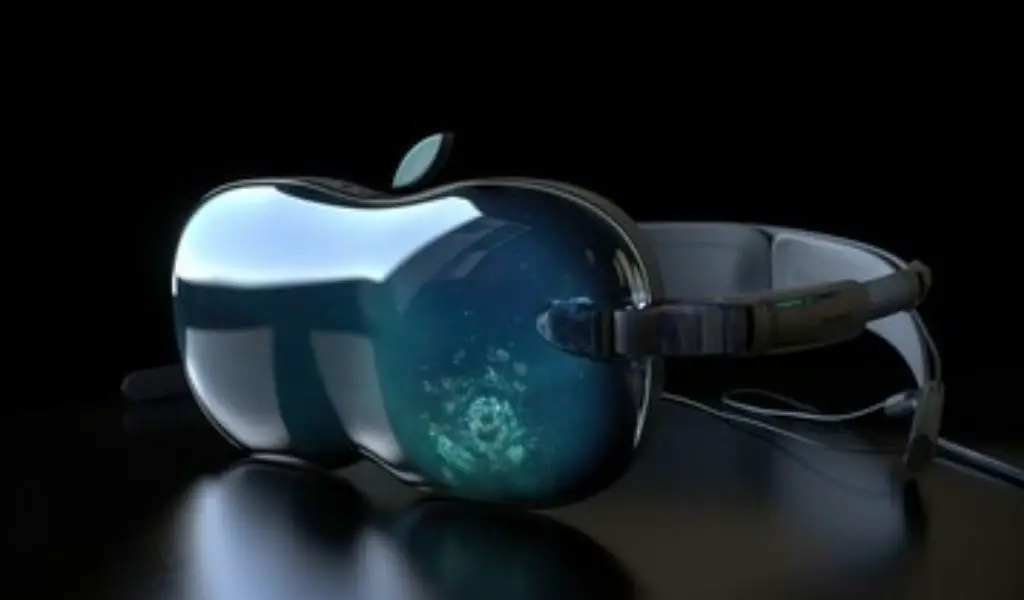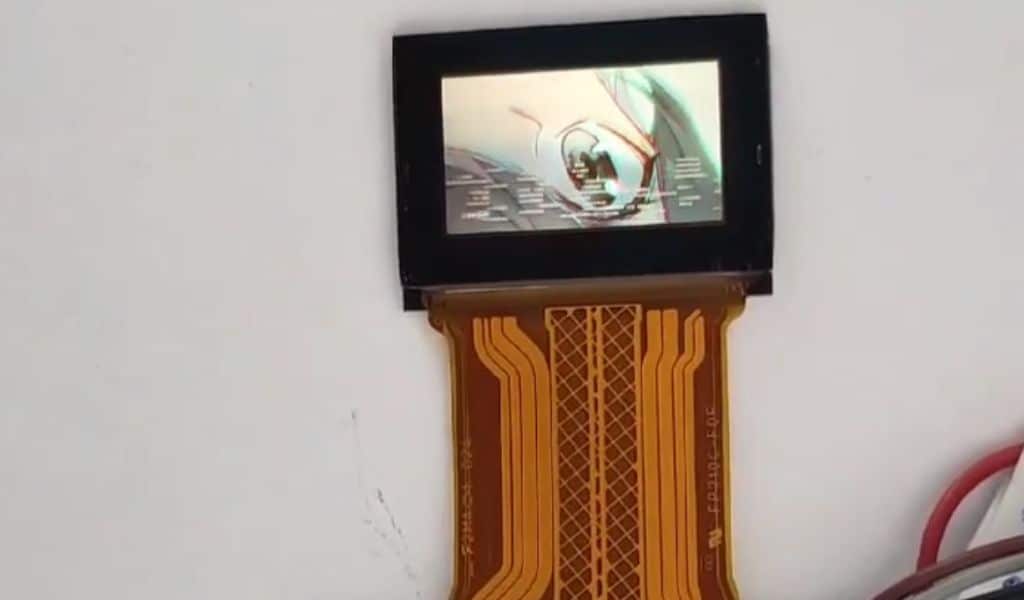Apple announced the Vision Pro at WWDC 2023. It’s a tech-heavy AR/VR headset at an equally impressive price: $3,499. The Vision Pro uses a new type of screen called micro-OLED which makes it stand out from the cheaper products from Valve and Meta.
More than just a new name invented by Apple’s marketing team, micro-OLED is a take on display technology that has become a mainstay on best-TV lists in recent years.
The main difference between “traditional” OLED and micro-OLED is in the name: micro-OLED. Micro-OLED could have much better resolutions than traditional OLEDs because its pixels are much smaller. For example, 4K TV resolutions could be made on chips the size of postage stamps. Until recently, the technology was used in things like electronic viewfinders on cameras. However, the latest versions are larger and have a higher resolution, making them great for AR and VR headsets.
Here’s a detailed look at this technology and how it might be used in the future.
What is OLED?
Organic Light Emitting Diode is what OLED stands for. “Organic” means that the chemicals in the OLED that help it produce light contain the element carbon. The exact chemicals don’t mean much to us as users, but it’s enough to know that when given a bit of energy, they produce light.
In general, the best thing about OLED is that it makes its own light. So unlike the rest of the TV market, which is made up of LCD LED TVs, each pixel can be turned on and off. When they are off, they don’t make any light. You must turn off the backlight for an LCD LED pixel to go completely dark. Because of this, the difference between the brightest and darkest parts of an image on an OLED display is basically infinite.
OLED TVs have been on the market for a few years. Almost all of them are made by LG. Samsung Display, on the other hand, has just started selling Quantum Dot OLED (QD-OLED) TVs, which offer even more light and possibly more colour. Samsung, Sony, and Alienware sell these QD-OLEDs as computer monitors.
Micro-OLED, also known as OLED on silicon
One of the rare cases where the technology is exactly what it says it is: small “micro” OLED displays are micro-OLEDs, also known as OLEDoS and OLED microdisplays. In this case, the “panels” as a whole are smaller in addition to the pixels themselves. This is possible thanks to manufacturing improvements, such as placing the display building components of each pixel directly on a silicon chip. As a result, the pixels can be drastically reduced in size.
If we look at what Apple says, we can get a good idea of how small these cells are. First, Apple says that the Vision Pro’s two screens have “more pixels than a 4K TV.” “23 million pixels” or “for each eye”. A 4K TV is 3,840×2,160 or 8,294,400 pixels, which means that Apple displays should have about 11,500,000 pixels per eye.
Apple then worked with Sony (or maybe TSMC) to make these 1-inch micro-OLED displays. To find out how big each pixel is, I’ll compare it to a 32-inch 4K TV, which is around 138 pixels per inch. We don’t know the aspect ratio of the Vision Pro chips, but if they have a square 3400 × 3400 pixel resolution, that would add up to 11,560,000 pixels, so it’s a safe bet. So if that’s the case, these displays have a DPI of around 4,808(!), which is more than almost everything else on the market, and that’s a lot. Even the high-resolution OLED display on the Galaxy S23 Ultra is “only” 500 ppi. No matter what the production aspect ratio of the panel is, the ppi will be excellent.
Microscreens for AR and VR are so close to your eyes that they need a very high speed to appear real. They need a high resolution so you can’t see the pixels, a high contrast ratio so they look real, and a high frame rate so you don’t get motion blur or motion blur. Plus, because they’re on mobile, they need to be able to do all of this on low power. All of this seems possible with micro-OLED, but at a price. it was a price The Vision Pro, which costs $3,499, is the best-known use of cutting-edge technology.
Since it’s been around in some form for over ten years, micro-OLED technology isn’t entirely new. They have been used for many years in the viewfinders of Sony, Canon and Nikon cameras. However, micro-OLED has changed significantly over time, as have all display technologies. For a micro-OLED screen, Vision Pro’s screens are huge and very high resolution.
What is the difference between micro-OLED and micro-LED? Although they are written in slightly different ways, they are both self-emitting, meaning they can generate their own light. But this article does not go into detail about the differences between carbon-based OLED and non-carbon LED. Suffice it to say for now that Micro-LED is better for large displays that use LEDs to make each pixel. Micro-OLED is better for small screens with high resolution. This doesn’t mean Micro-LED can’t be used in smaller screens, and we’re likely to see one at some point. But for now, they are different tools used for different things.
Is the future micro?
Where else will micro-OLED be found? Xiaomi revealed the technology in its AR Glass Discovery Edition at MWC 2023, and high-end VR headsets from Meta, HTC, and other manufacturers are likely to use it in the future. Currently, a company called Engo uses a small micro-OLED projector to display speed and other information inside its augmented reality glasses. Despite knowing that I don’t need them, I want them. Then there are the many mirrorless cameras and others that have long used micro-OLED viewfinders.
Could this new technology lead to ultra-ultra-ultra-high-resolution televisions? Although extremely unlikely, it is technically feasible. OLED is everything macro micro-OLED is. For a panel that’s 10 feet from your eyes, the resolutions achievable with more conventional OLED fabrication are more than enough. However, it is feasible for wearables and other portable devices to use micro-OLEDs due to their size, resolution, and efficiency. This is perhaps the reason why companies like LG, Samsung Display, Sony and others are working on micro-OLED.
Will ultra-thin, ultra-high-resolution nano-LED and micro-OLED displays compete for consumers’ attention? Could be. We’ll see.
Subscribe to our latest newsletter
To read our exclusive content, sign up now. $5/month, $50/year
Categories: Technology
Source: vtt.edu.vn


